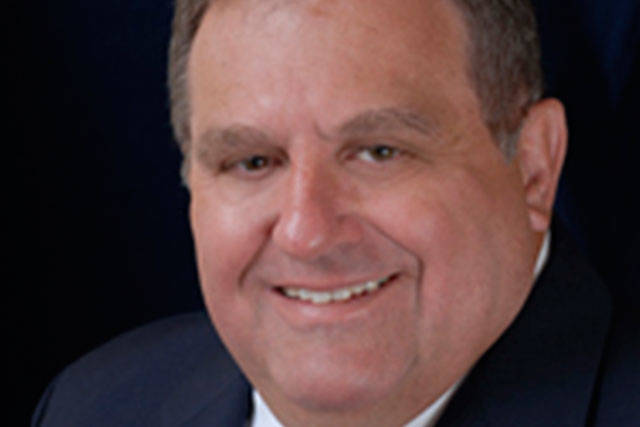Employers are looking at additional benefits to help workers who are stressed out over paying rent, transportation and food, and student loans. Even though job numbers and wages have increased, too often there just isn’t enough money to make ends meet, particularly in high cost-of-living cities such as New York, San Francisco and Seattle.
The anxiety is particularly high among millennials, people born between 1980-1994. They struggle from paycheck to paycheck.
For example, young tech-savvy people may earn higher wages in Seattle, but find the cost of housing in Austin is half that of Seattle. Outlays for food, transportation and taxes also are lower in Texas. Seattle and Austin go head to head competing for cutting edge software and computer companies and attracting talented workers is a pre-requisite.
However, one expense is constant and that is the cost of student loans. When human resource managers survey workers, they consistently find that nearly 9 of 10 workers are distracted from their work by financial worries. Consequently, offsetting education costs is weaving its way into employer benefit programs.
All told, there’s a whopping $1.5 trillion in outstanding student loans and, according to the Federal Reserve, the number keeps growing.
In 2018, Bloomberg reported federal student loans are the only consumer debt segment with continuous cumulative growth since the Great Recession. “As the costs of tuition and borrowing continue to rise, the result is a widening default crisis that even Fed Chairman Jerome Powell labeled as a cause for concern.”
Bloomberg concluded: “The cost of borrowing has also risen over the last two years. Undergraduates saw interest on direct subsidized and unsubsidized loans jump to 5 percent this year — the highest rate since 2009 — while students seeking graduate and professional degrees now face a 6.6 percent interest rate, according to the U.S. Department of Education.”
The Society of Human Resource Managers (SHRM) is concerned about the financial stress millennials deal with on a daily basis. In its employee surveys, SHRM found that employers who add tuition and student loan assistance to their benefit packages retain workers and increase productivity.
Student loan specialists Laurel Road reports 86 percent of employees would stay with an organization for five years if a student loan benefit were offered.
Some employers already offer student loan benefits. For example, in Vancouver the Children’s Center, a non-profit which serves children, youth and families through comprehensive community-based mental health services, offers student loan reimbursement assistance.
Other employers offer loan refinancing help. The U.S. Dept. of Education finds student loan interest rates average 7 percent. Employers often can leverage discount rates dropping them to under 5 percent saving $13,000 on a $100,000 loan.
The savings even greater for medical doctors. The Association of American Medical Colleges reports that the average medical school debt balance for graduating students in 2018 was $196,520.
Add that burden to their estimated undergraduate balance of around $25,000 and the total average student loan balance for a doctor is $221,500. Lowering interest rates by 4 points makes a huge difference.
Finally, student loan debt worries retired parents as well. Wall Street Journal writer AnnaMaria Andriotis reported Americans over 60 years old are coming out of retirement and going back to work just to pay for their children’s education.
On average student borrowers in their 60s owed $33,800 in 2017 up 44 percent from 2010. It was the largest increase of any group. Why the shift to parents? In 2008, lenders started requiring moms and dads to co-sign for college loans.
The bottom line is adding student loan benefits not only helps millennials gets started in their work life, but saves retiring parents from going back to work and taking on added debt.
Don C. Brunell is a business analyst, writer and columnist. He recently retired as president of the Association of Washington Business, the state’s oldest and largest business organization, and now lives in Vancouver. He can be contacted at theBrunells@msn.com.



